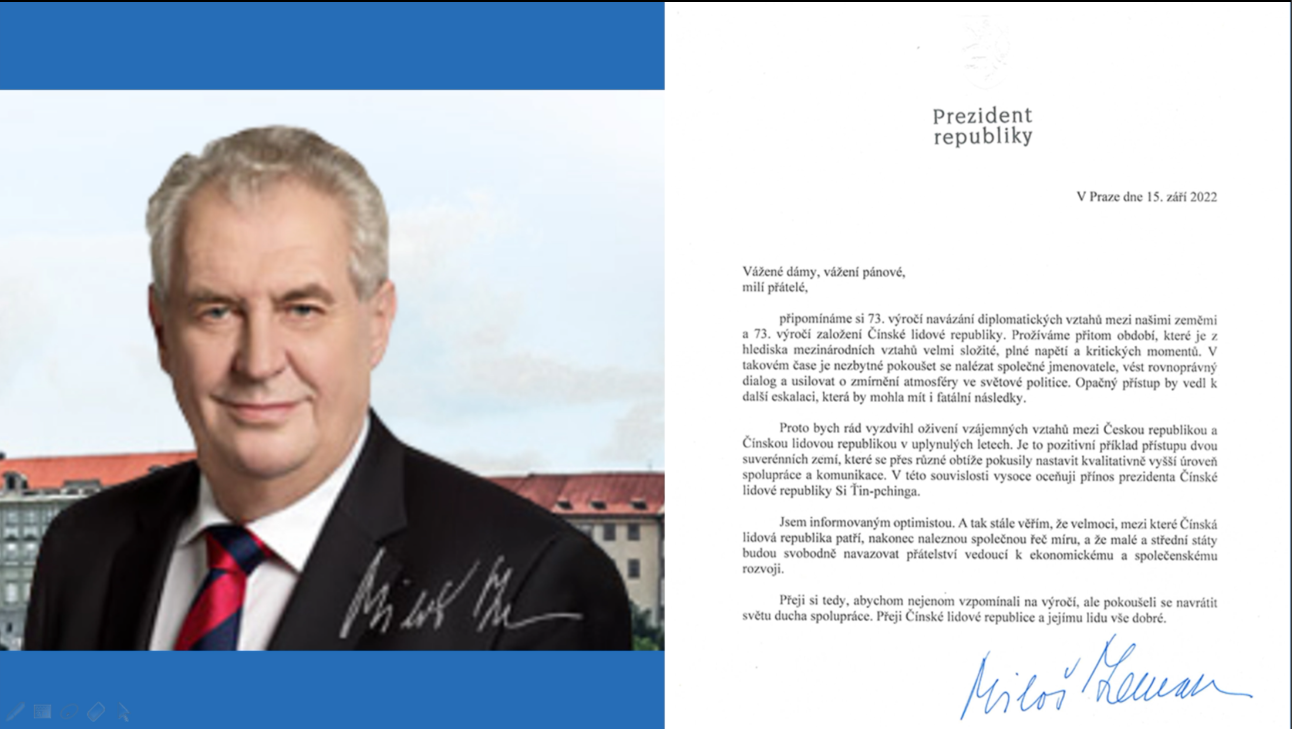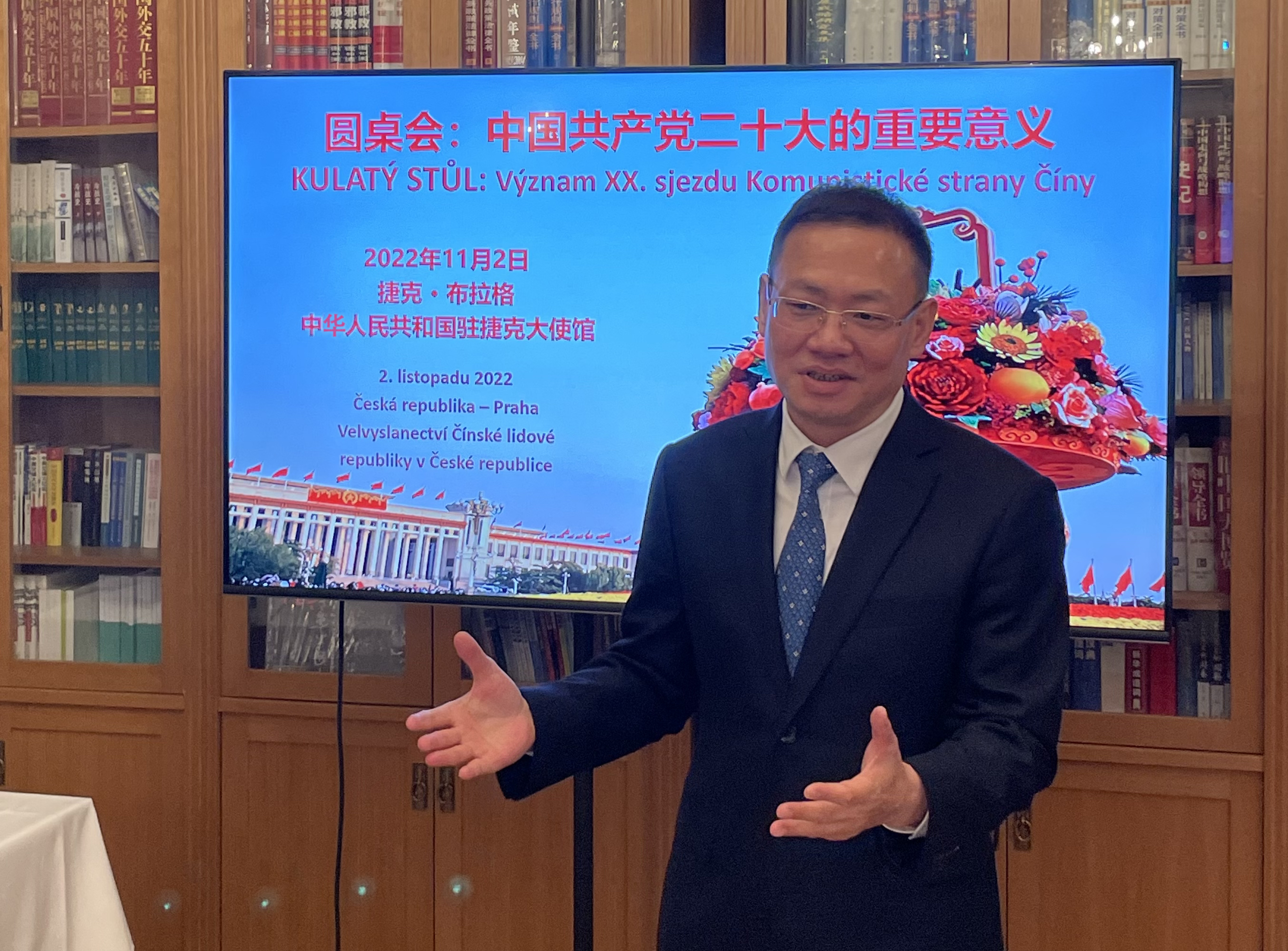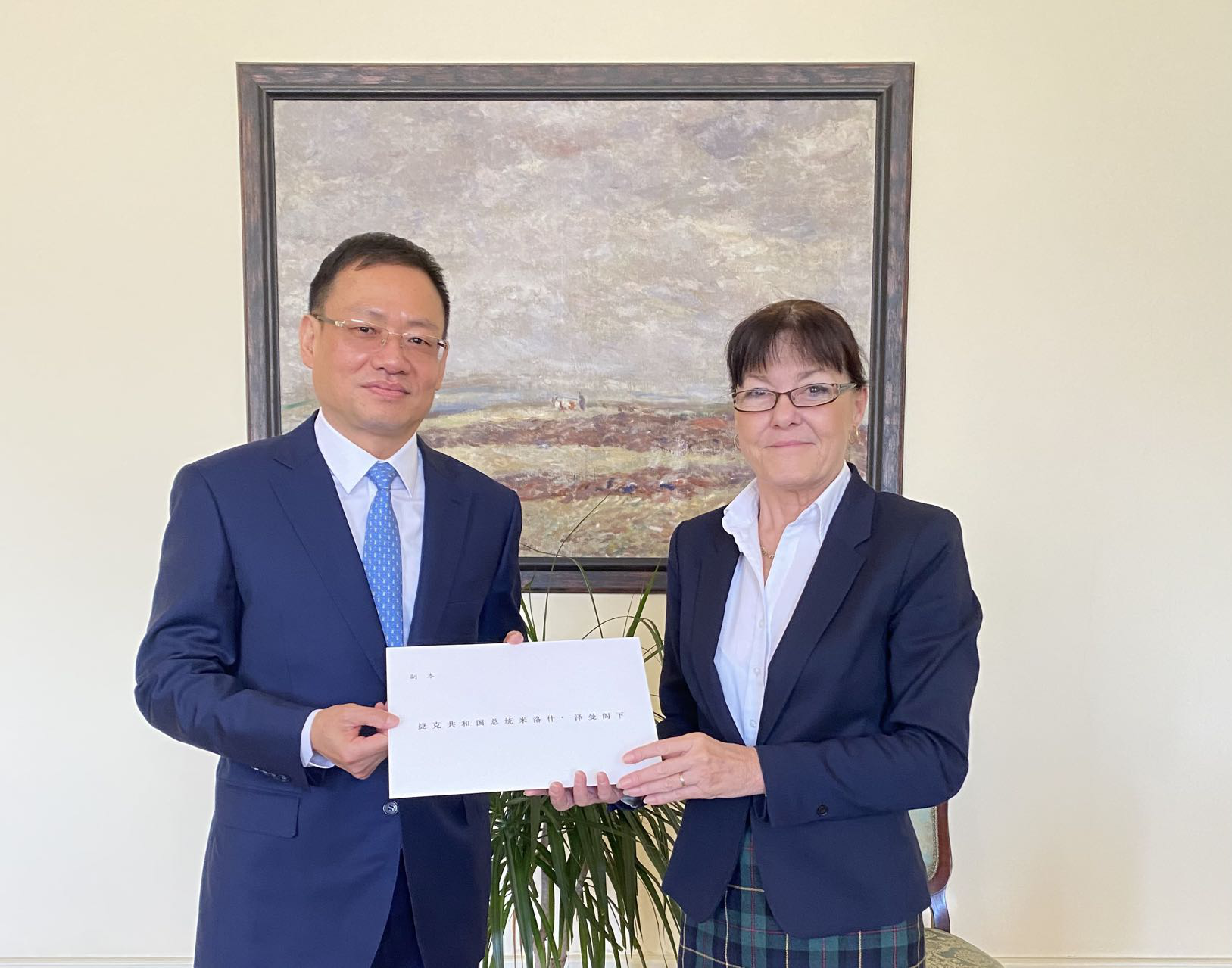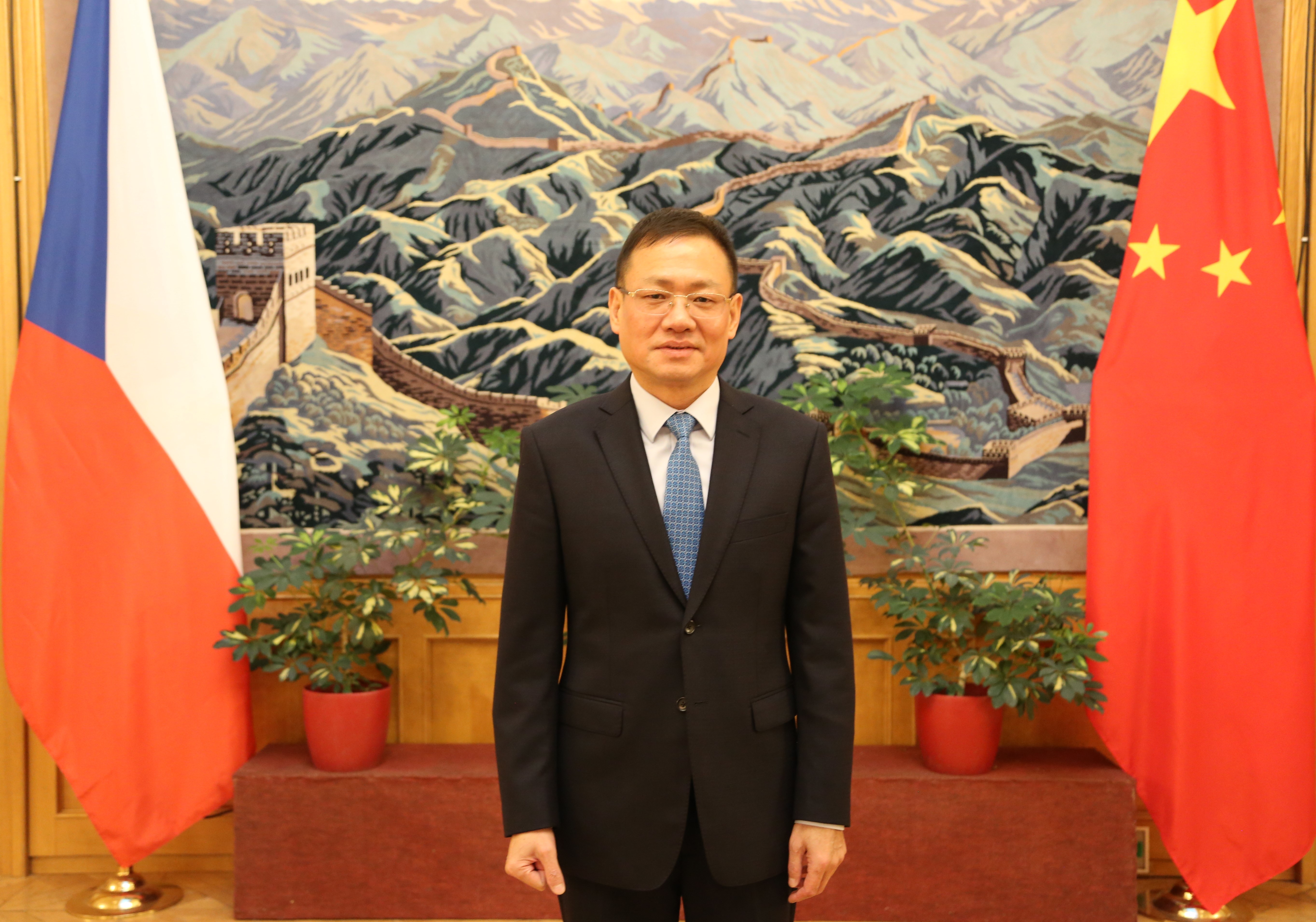| Unique religious life lives on in Tibet |
| 2008-06-16 00:00 |
| Thirty-five-year-old Dawa works hard at balancing the demands of his centuries-old faith and holding down a career as an IT technician at a local news website in the heart of Lhasa. He considers Buddhism to be more in his "blood" than in the "rituals." "It's important, but not the be all and end all of my daily life. I accompany my family to the shrines on important festivals, but I don't have enough time to circle the shrines every day. We young people have to find better jobs and create wealth for a better society, as is the case in any corner of the world." Dawa finished his studies in different cities across China: primary school in Lhasa, middle school in southwestern Chongqing, high school in Beijing and university in the northwestern Xi'an. His Tibetan cultural background remained with him throughout. "Even the time for our marriage ceremony was decided by the monks through augury. Buddhism is the backbone. It's omnipresent in our culture and life." He chats with friends across the country through MSN: "Many of my friends worry about us due to the latest riots in Lhasa on March 14." Dawa is typical of his generation of Tibetans, according to Zheng Dui, director of the Religious Study Institute under the China Tibetology Research Center. "Tibetans care more for the next life than this life. They worship Buddha in this life to achieve happiness in the next," says Zheng. "The older they grow, the more pious they become. Some old Tibetans never stop rolling their prayer wheels except for sleeping and eating." Yangjain, 48, a small snack shop owner in Lhasa, prays every morning from the moment she gets up. She fetches the first bucket of water from water tap to change the bowls of water presented before the Buddha statues in her home. "The first clean water everyday should be dedicated to Buddha to show our endless respect to the divine," she says. Many devout Buddhists in Tibet start their day this way: praying, prostrating themselves before the Buddha statues, changing water, lighting ghee lamps and going to work or circling shrines. "Buddhism influences are omnipotent in Tibet. The most magnificent building in Tibet must be a temple, the most precious relics must be in temples, and monks were masters of Tibetan medicines, astronomy and calendar for a long period in history," says Zheng Dui. On the roads leading to Lhasa, pilgrims can be seen prostrating themselves every step they walk. Cattle hide and canvas clothes and wood plates on the hands protect them from dust and scrapes. The faithful have put modern technology into their service. Kabma Chilai, from Tibetan Autonomous Prefecture of Yushu in Qinghai Province, made his most recent pilgrimage to Lhasa by train. "My biggest wish was to worship at the Jokhang Monastery in Lhasa," he says. "People in my hometown used to take the bus for pilgrimages, but now we have the train. The fares are almost the same, but train is safer and also more comfortable." Gesang Goiden, a Gexi, or a high-level lama, in Gandan Monastery near Lhasa, says he asked a friend to buy a laptop computer for him from Beijing so that he could give lessons to disciples through multi-media. "Modern culture is the common wealth of the humankind," says Gesang. "It will not reduce sutra reading in monasteries or slow the pilgrims' steps." Official statistics show Tibet has about 1,700 religious sites with 46,000 registered monks and nuns. Tibet had a population of about 2.84 million at the end of last year, more than 2.5 million of whom, or 95.3 percent, were Tibetan, according to the Tibet Autonomous Regional Bureau of Statistics. "Tibetans have a unique Buddhist faith, which has evolved over thousands of years and influenced their culture. The religion and customs have been respected and protected since the foundation of the Tibet Autonomous Region," says Zheng Dui. "The central and local governments have invested more than 700 million yuan (110 million U.S. dollars) over the past two decades in the preservation and maintenance of monasteries and cultural relics in Tibet." This investment has helped maintain another ancient tradition of Tibetan Buddhism. For hundreds of years, families have been sending one of their children to a monastery to become a monk, a practice which they believe brings a blessing on them. At the 700-year-old Dabug Xiazhulin Monastery in Shannan Prefecture of Tibet, a constant procession of people comes to worship the statues and the thangka (religious scroll paintings) in the dim light of the glimmering ghee lamps. One of the saffron-robed monks in the hall is 25-year-old Losang Puencog, who was sent to the monastery at the age of 11. He gets up at dawn every day and reads sutras till dusk. "It is not boring. To us Tibetans, sutra reading is the best thing," said Losang Puencog in response to some curious visitors' question. |
|
||||||||||||||||
| ||||||||||||||||
|
|
||||||||||||||||







